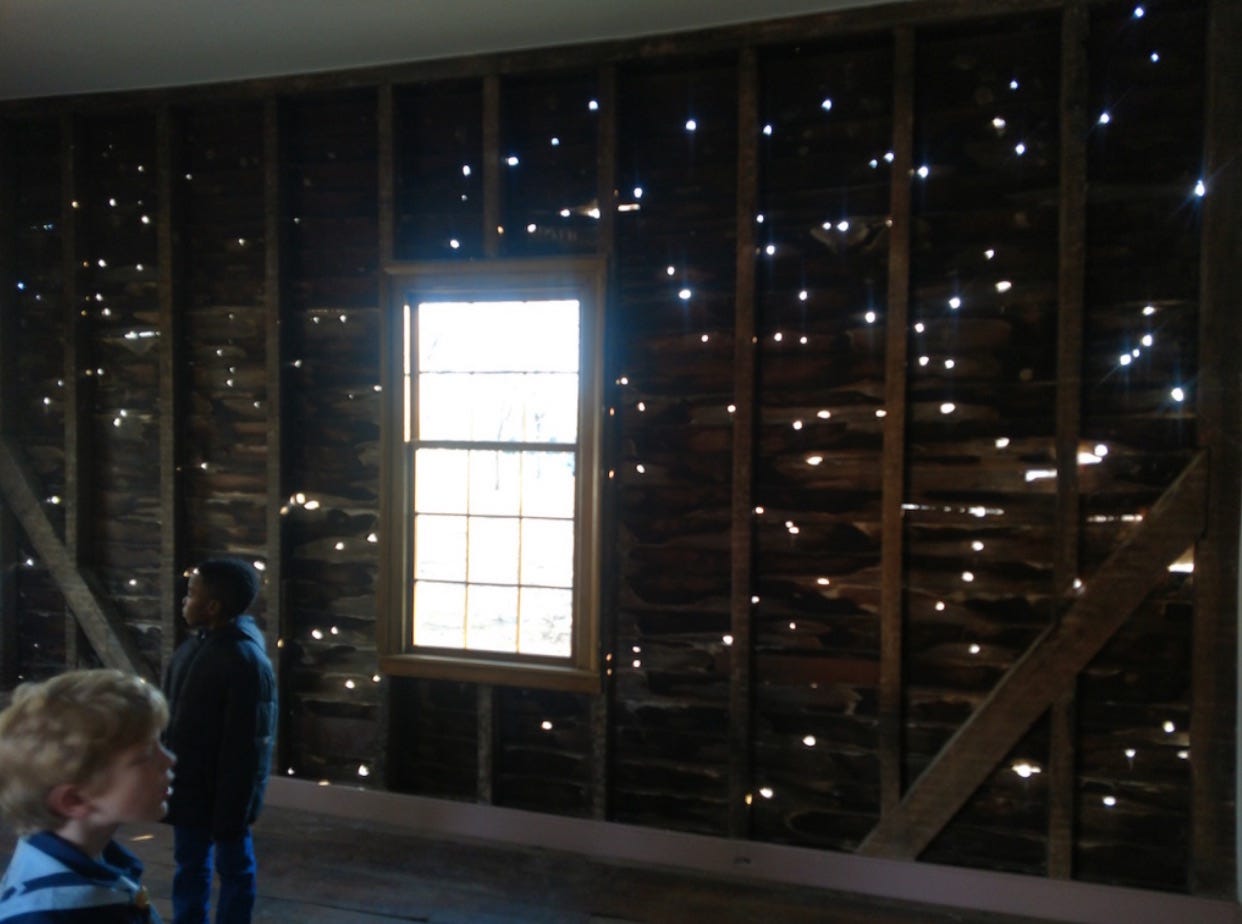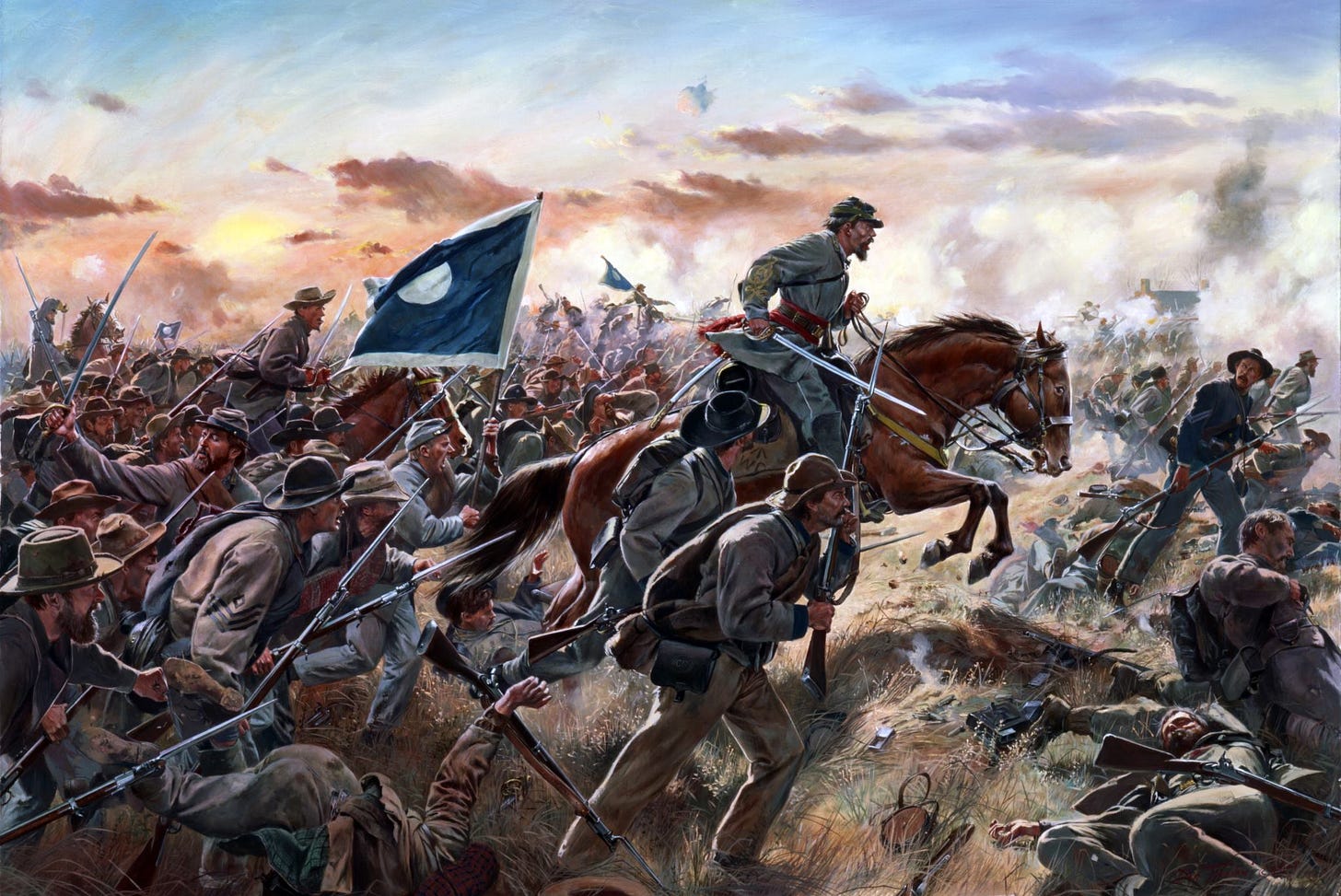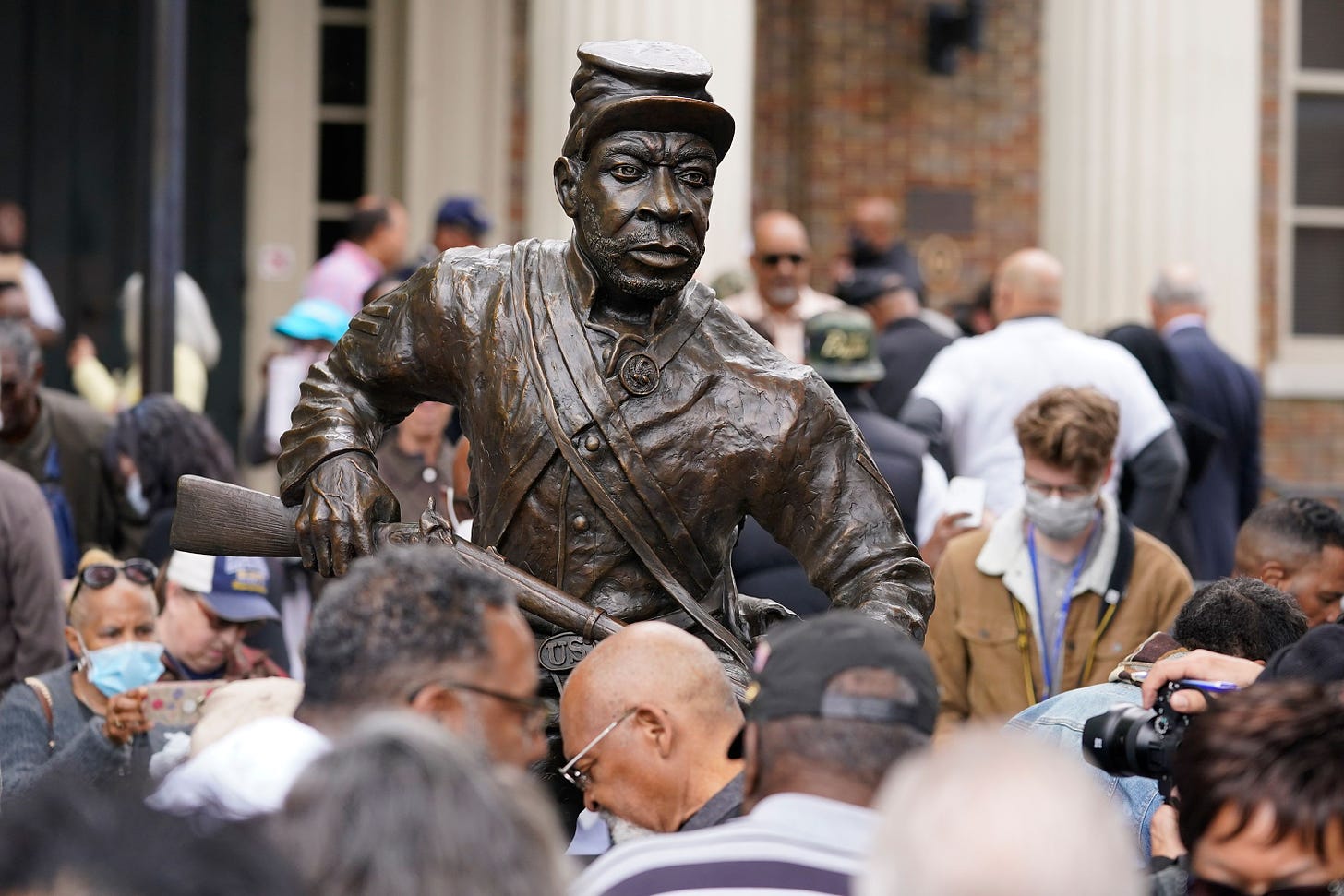The Battle of Franklin is mired in Lost Cause nostalgia. Following the fall of Atlanta in early September 1864, Confederate general John Bell Hood led an army of 30,000 men into Tennessee, hoping to divert Maj. Gen. William T. Sherman’s attention by threatening his supply base at Nashville. The move failed. Sherman dispatched Maj. Gen. John Schofield’s Army of the Ohio to protect Nashville while the rest of Sherman’s army continued its move through Georgia in what became known as “Sherman’s March.”
Hood hoped to attack Maj. Gen. George Thomas and his twenty-five thousand entrenched Union soldiers before Schofield arrived, thus giving him a numerical advantage. After a missed opportunity at the Battle of Spring Hill on November 29, Hood pursued Schofield to the town of Franklin, where the Confederate general led an assault on November 30 that cost him 20 percent of his men and allowed Schofield to continue his push toward Nashville.
The fighting was fierce, resulting in 10,000 casualties, most of them Confederate. Hood’s Army of Tennessee lost fourteen Confederate generals (six killed, seven wounded, and one captured). Another fifty-five regimental commanders were either killed or wounded.
It was truly one of the Confederacy’s last gasps.
The Battle of Franklin Trust, under the direction of Eric Jacobson, operates three historic sites directly impacted by the battle: Carter House, Carnton, and Rippa Villa. At the Carter House you can see the devastation wrought by war, most notably in the bullet holes left in one of the buildings. Carnton was used as a hospital during and after the battle. The family left two acres to be used as a Confederate cemetery.
I visited the site a number of years ago and was incredibly impressed with the tours I took and the conversations I had with the staff and especially with Eric. The tours emphasized not just the horror of battle witnessed on the grounds of these homes, but the civilian experience as well.
What I don’t remember is much discussion about slavery. The owners of all three homes enslaved men, women, and children and they were no doubt impacted by the battle as were enslaved people throughout the region in which the two armies operated.
That has clearly changed. I can’t tell you how impressed I was watching this short video about the Trust’s efforts to place the lives of the enslaved at the center of this important story about the Civil War. I strongly encourage you to watch it as well.
Eric and his staff are fearless in addressing topics that now occupy a place on the front lines of the current history wars. Their commitment to telling these stories is another indication that the light of truth will ultimately prevail and perhaps has already done so.
There is still work to be done. I suspect that most people who visit Franklin do so to learn about the battle. They may not know or care to know anything about the history of slavery, but as Eric points out this history is not “woke” or “politically correct,” it’s just “correct.”
But what I truly appreciate is Eric’s work in the community building bridges with people who have felt alienated from the history of the Civil War or feel as if their stories have been ignored for far too long. A few years ago, Eric helped to dedicate a new statue in Franklin that honors Black United States soldiers.
This important work helps to build trust and hopefully will lead to more people visiting sites like Carnton and the Carter House, who have traditionally stayed away.
I agree with Eric that one day tours and discussions at Civil War sites, centered around slavery, will be given little notice because they have become commonplace. It wasn’t that long ago that people were debating whether battlefield sites should focus on the civilian experience.
Interpretation is always evolving, often in response to what is happening in the world around us. Public historians need to be sensitive to these broader discussions and, at the same time, ensure that the history it is presenting reflects careful thought and research. I am encouraged to see that this is continuing to take place in Franklin.
The next time you find yourself in or around Franklin, Tennessee, I encourage you to stop at The Battle of Franklin Trust for what promises to be a wonderful learning experience.







Great read. No one does it better than Eric Jacobson, Joey Ricci and the BOFT.
Another Civil War Memory posting from which I learned a lot and for which I'm grateful.
The overall story calls to mind, for me anyway, the work that Monticello belatedly but blessedly began some years ago--the work of making the huge Black majority of Monticello's 18th century residents a big part of THAT overall story.
And I was glad to learn of the new statue in Franklin honoring Black United States Civil War soldiers. Talk about something from slavery that seems to me scanted or overlooked in public memory. Historians say that some 180,000 Black soldiers (and 20,000 Black navymen) served the Union. Ira Berlin emphasized that they included more than 135,000 coming directly from slavery.
In the video, I especially appreciated Eric Jacobson's expression of hope for how things could look 50 years from now, when slavery as a public history topic will be routine and unremarkable instead of new and daring.
(And when maybe way fewer people will come to antebellum forced-labor farms--which today we still misremember with the connotatively outrageous term "plantations"--expecting to hear about elegance, serenity, wealth, and refinement, but not crimes against humanity.)
Mr. Jacobson's hope for the future is why, it seems to me, you have to add a second sentence if you borrow phrasing from Thomas Jefferson and predict that nothing is more certainly written in the book of fate than that Americans will esteem the multitudes of freedom-striving, emancipation-forcing Civil War slavery escapees. You have to add: But not yet.
Glad to learn that those people in Franklin are doing all that stuff to maybe make it less than 50 years.